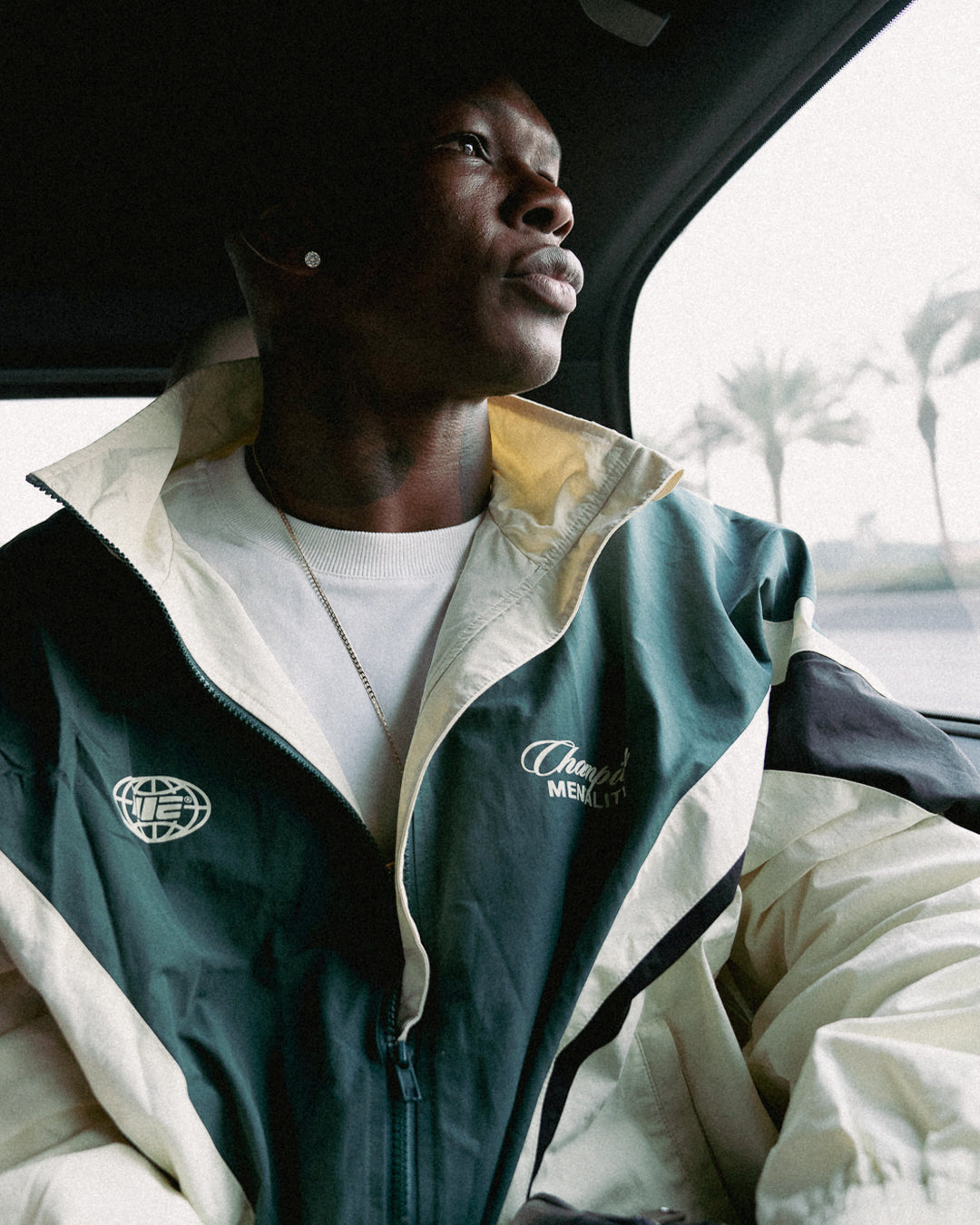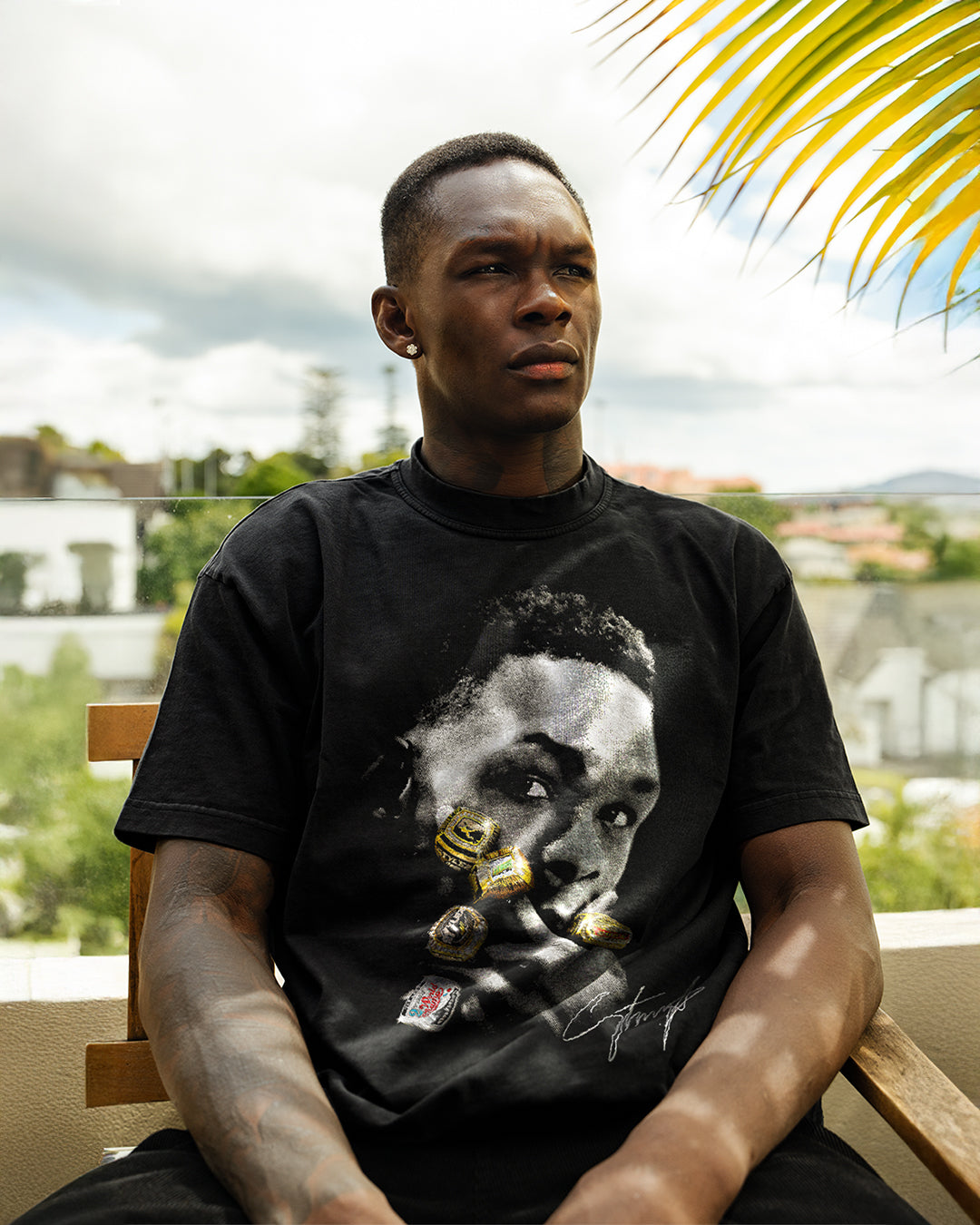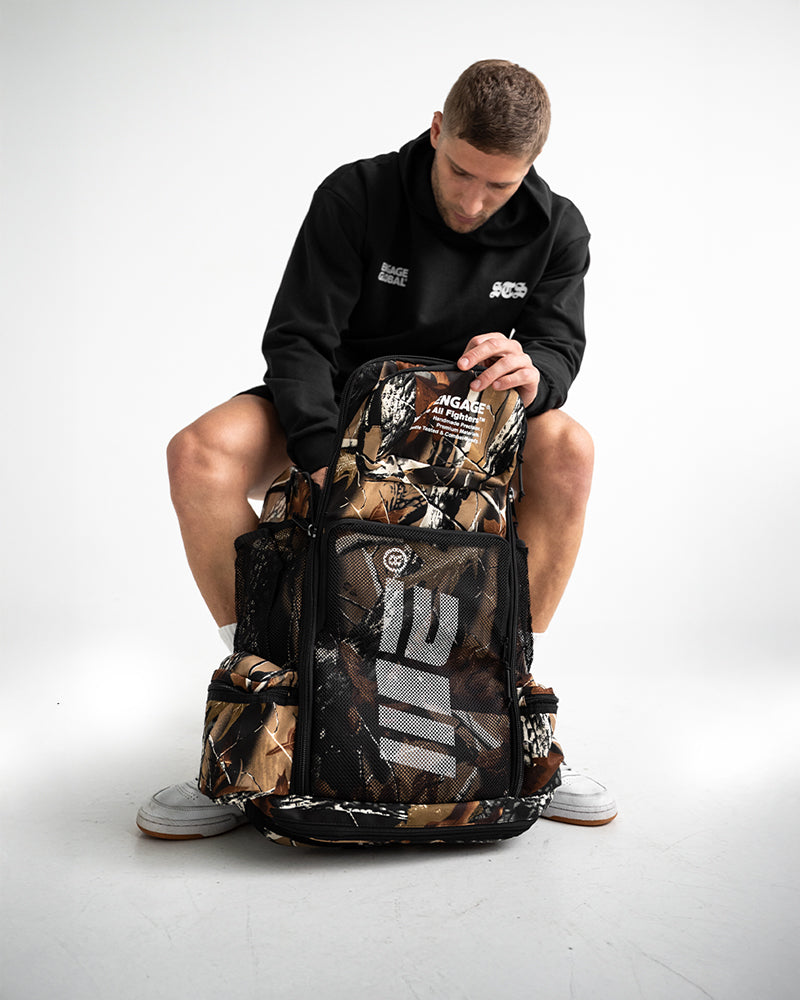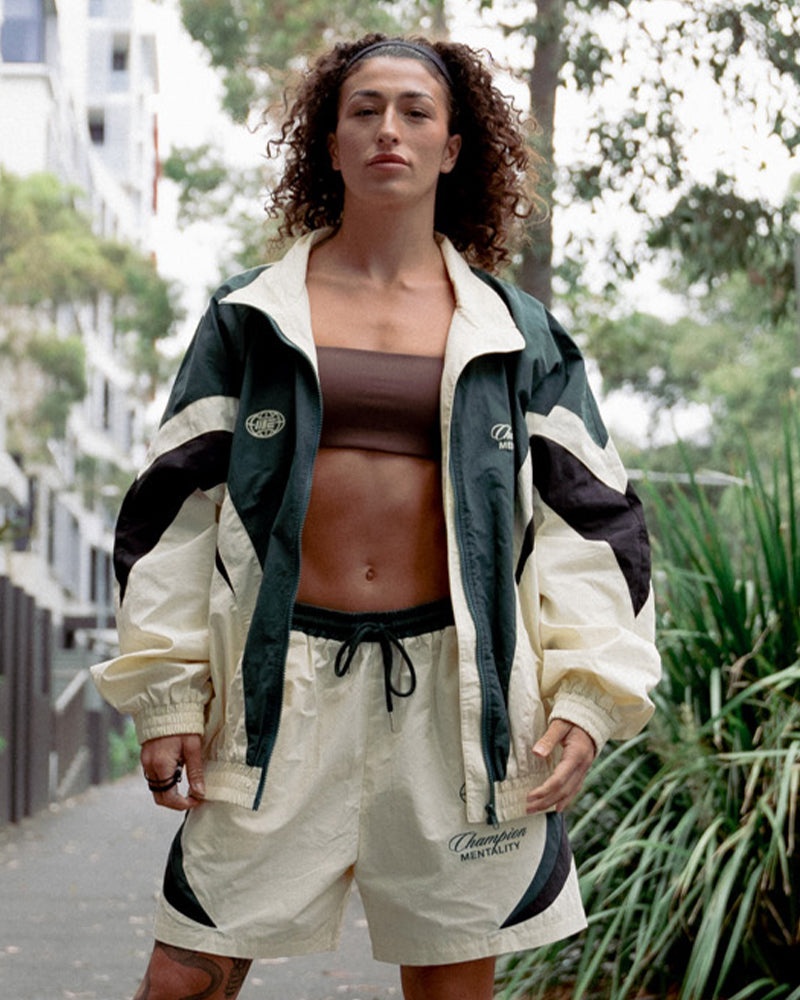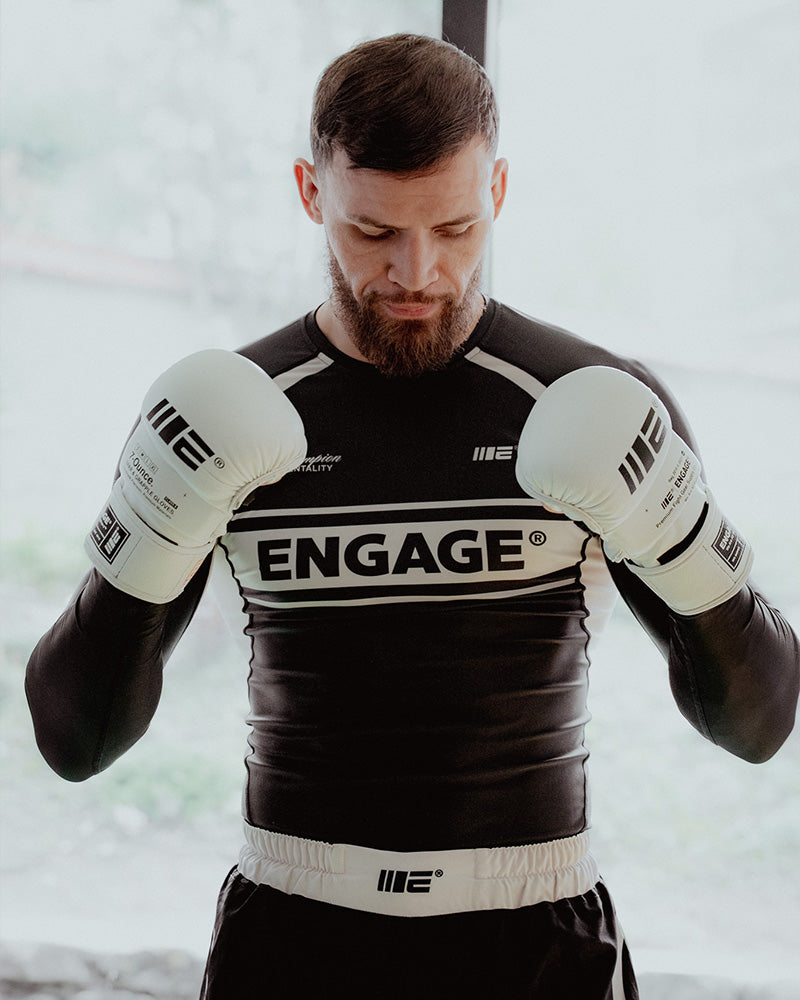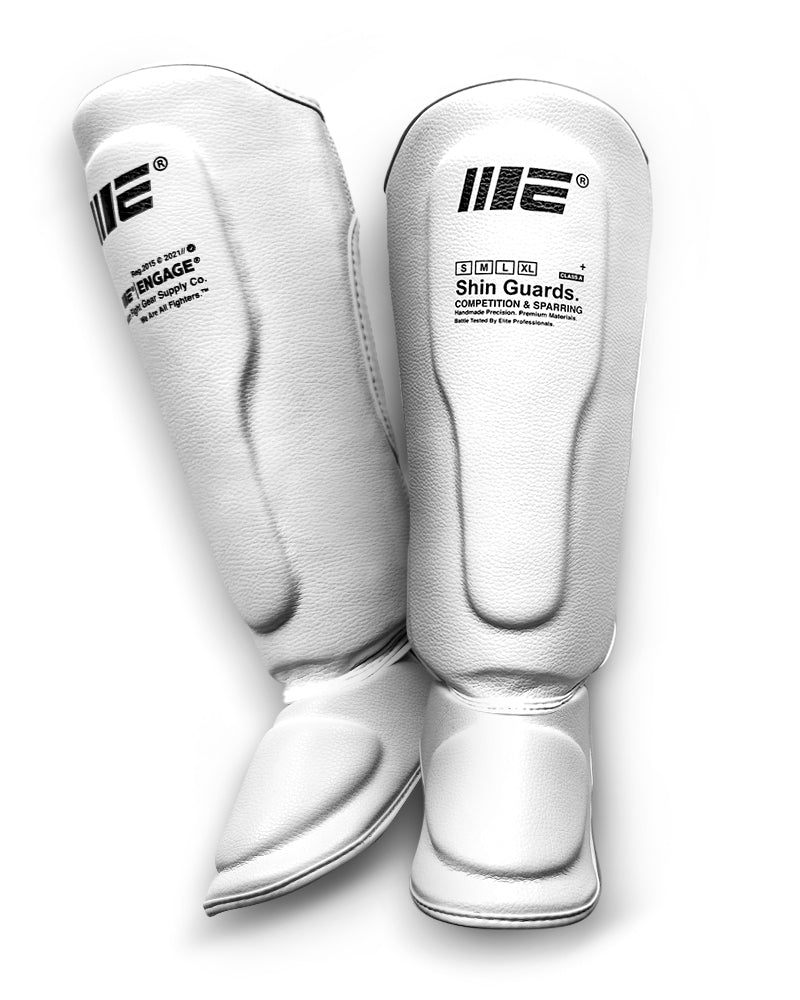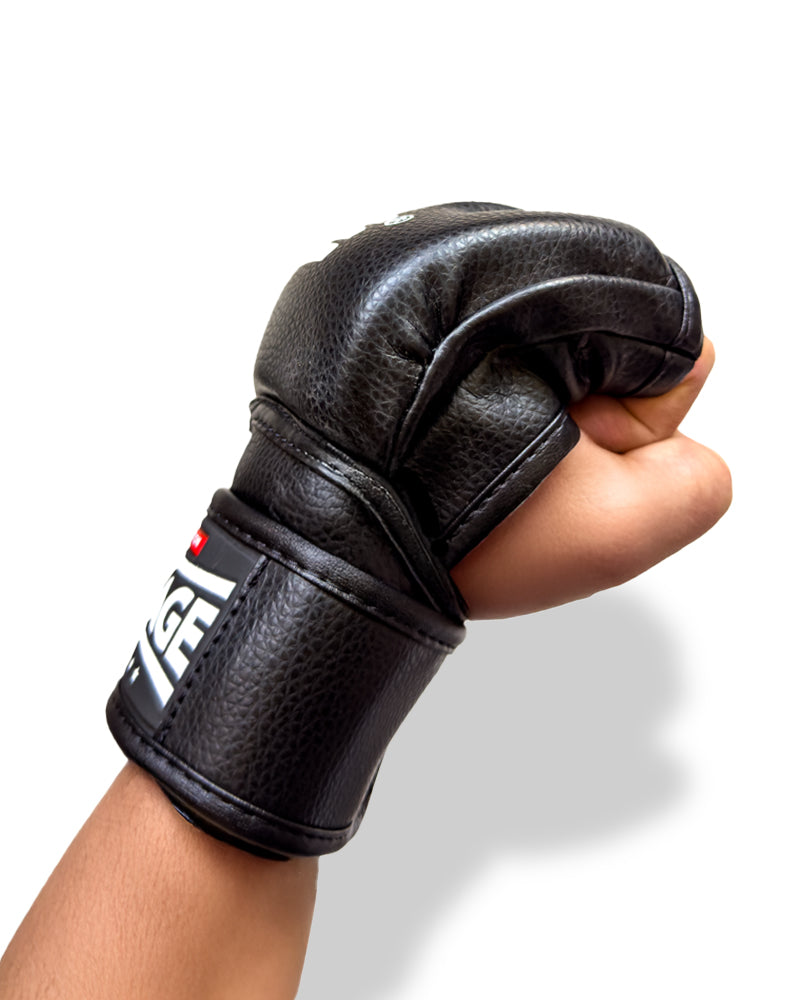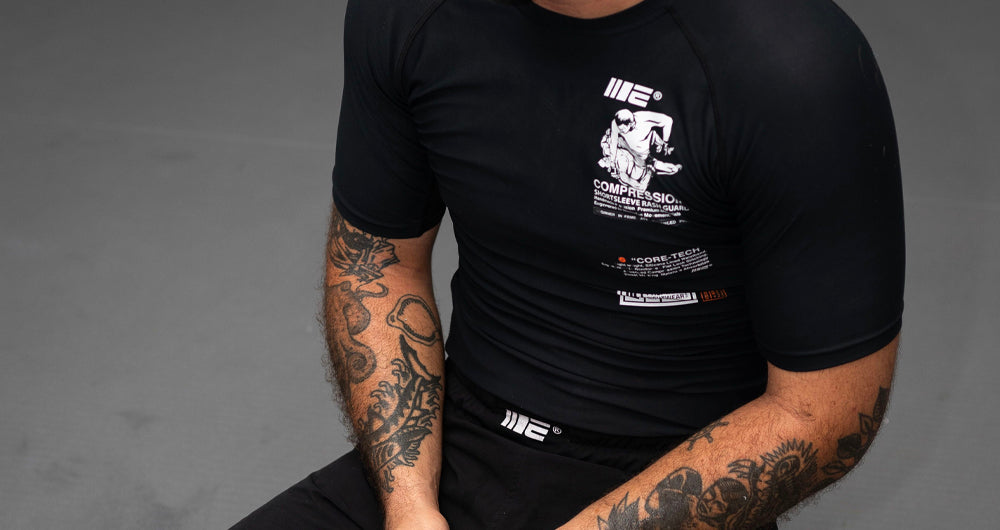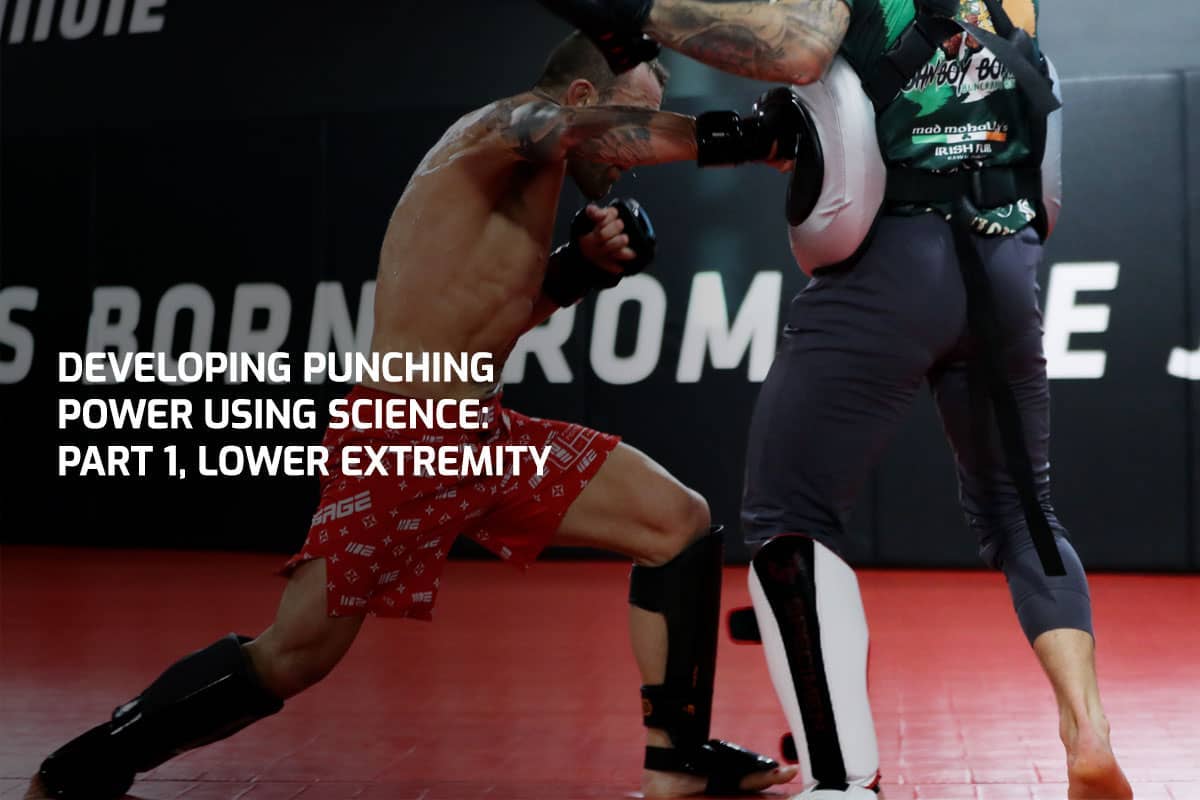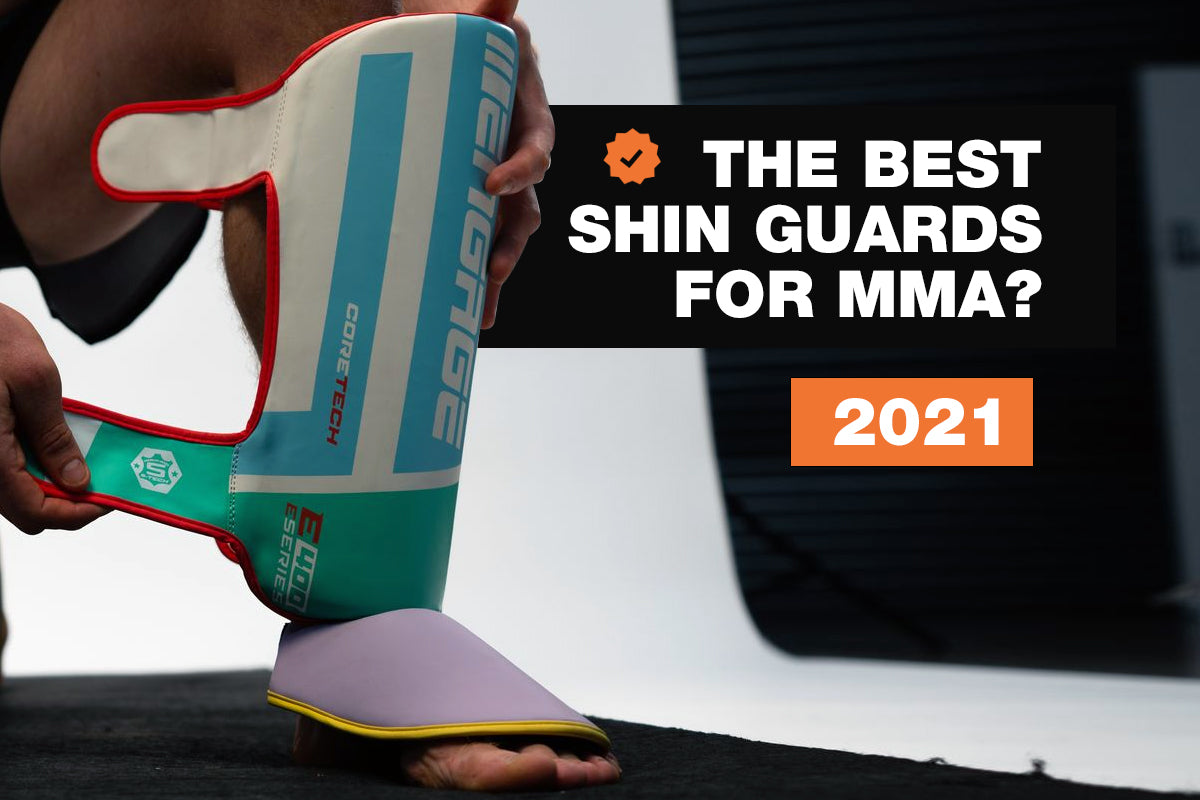In this post, we will start to address one of the most popular combat sports-related questions: how to develop massive punching power? Whether KO artists are born or made is certainly an age-old subject of debate. However, the truth is that neither side of that argument can provide an adequate explanation on its own. Every human is born with a certain percentage of type 2 muscle fibers which help develop the explosive speed and force necessary in strikes to inflict damage. However, even fighters with average genetic make-ups can still increase the chances of reaching their own limits through proper training.
Let’s first take a look at these charts from a classic Soviet-era study by Filimonov et al. which broke down which muscle motions contributed to the creation of punches delivered with maximal force by 120 amateur boxers.

